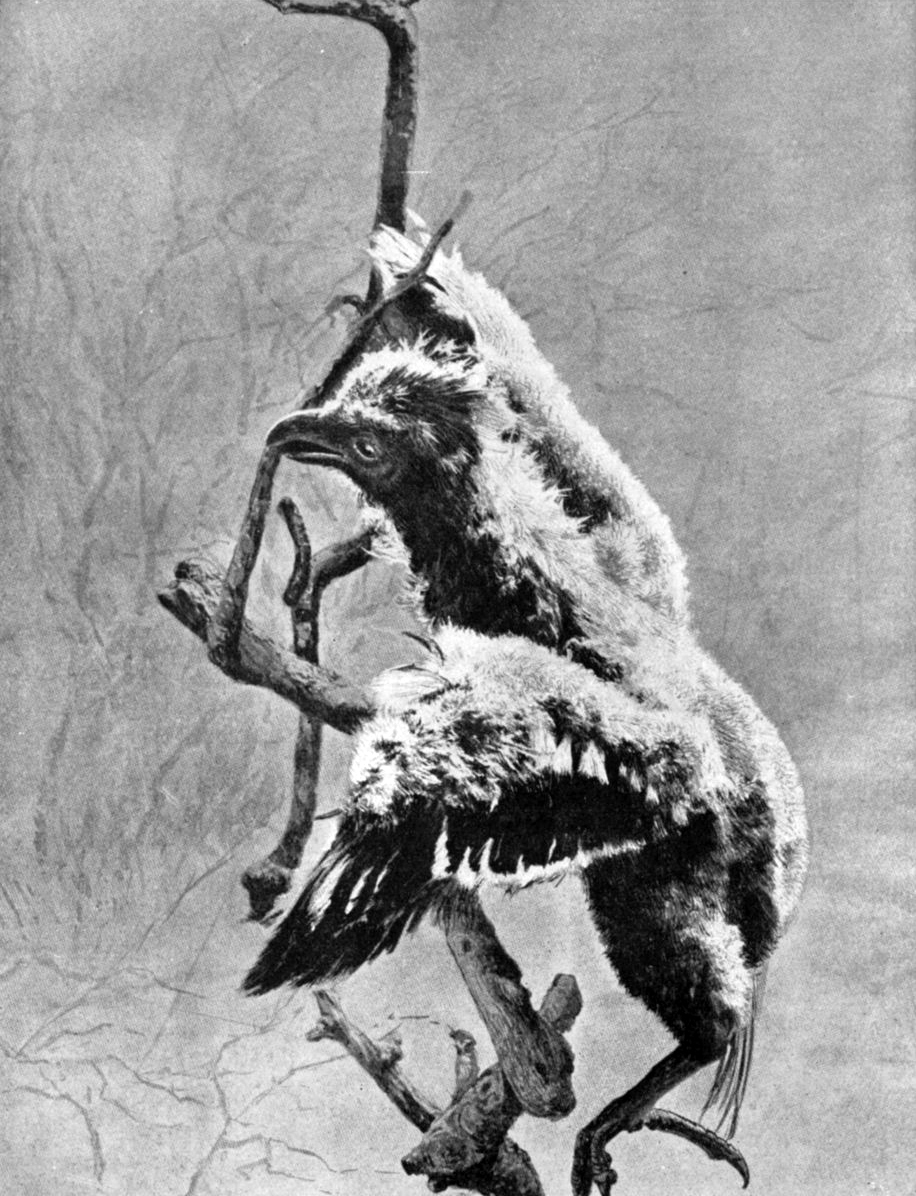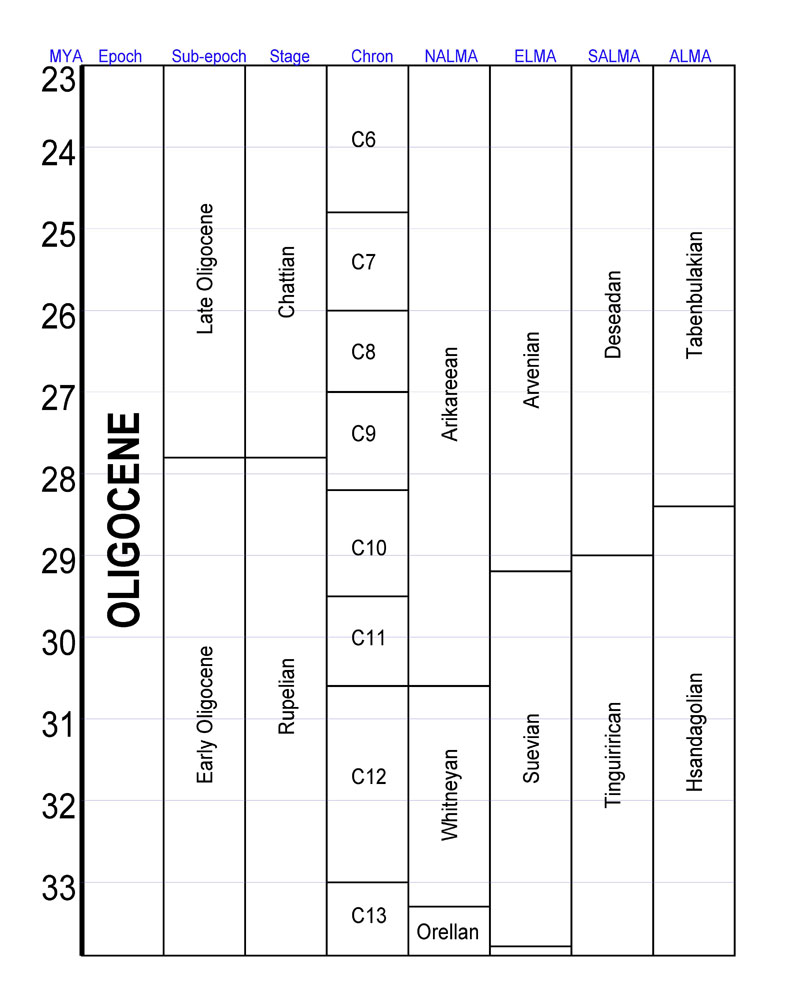|
Musophagidae
The turacos make up the bird family Musophagidae ( "banana-eaters"), which includes '' plantain-eaters'' and '' go-away-birds''. In southern Africa both turacos and go-away-birds are commonly known as loeries. They are semi-zygodactylous: the fourth (outer) toe can be switched back and forth. The second and third toes, which always point forward, are conjoined in some species. Musophagids often have prominent crests and long tails; the turacos are noted for peculiar and unique pigments giving them their bright green and red feathers. Traditionally, this group has been allied with the cuckoos in the order Cuculiformes, but the Sibley-Ahlquist taxonomy raises this group to a full order Musophagiformes. They have been proposed to link the hoatzin to the other living birds, but this was later disputed. Recent genetic analyses have strongly supported the order ranking of Musophagiformes. Musophagidae is one of very few bird families endemic to Africa, one other being the mouseb ... [...More Info...] [...Related Items...] OR: [Wikipedia] [Google] [Baidu] |
Great Blue Turaco
The great blue turaco (''Corythaeola cristata'') is a bird species of the family Musophagidae. At in length, it is the largest species of turaco. It has predominantly grey-blue plumage with an upright blue-black crest around high. The male and female have similar plumage. It is widespread throughout the African tropical rainforest. Taxonomy French ornithologist Louis Pierre Vieillot described the great blue turaco as ''Musophaga cristata'' in 1816, before German ornithologist Ferdinand Heine placed it in its own genus in 1860. The great blue turaco is the sole member of the subfamily Corythaeolinae within the turaco family. Its closest relatives are the go-away birds and plantain eaters of the genus '' Crinifer''. The common ancestor of both diverged from the ancestor of all other turaco species. "Great blue turaco" has been designated the official common name by the International Ornithologists' Union (IOC). It is also called blue plantain eater. Description Generally, ... [...More Info...] [...Related Items...] OR: [Wikipedia] [Google] [Baidu] |
Gallirex
''Gallirex'' is a genus of African birds in the family Musophagidae The turacos make up the bird family Musophagidae ( "banana-eaters"), which includes '' plantain-eaters'' and '' go-away-birds''. In southern Africa both turacos and go-away-birds are commonly known as loeries. They are semi-zygodactylous: the .... Species It contains the following species: References * Bird genera Taxa named by René Lesson {{Musophagiformes-stub ... [...More Info...] [...Related Items...] OR: [Wikipedia] [Google] [Baidu] |
Crinifer
''Crinifer'' is a genus of birds in the turaco family. They are restricted to Africa. Formerly, the genus only contained the plantain-eaters, but in 2021, go-away-birds were merged into the genus. They are large, noisy, and conspicuous birds, but lack the brilliant colours of their relatives. They are mainly grey, with a long tail and an erectile head crest. They feed on fruit, especially figs, seeds, and other vegetable matter. Unlike many of the brighter forest dwelling turacos these are birds of African open country and have drab grey and white plumage. In Southern Africa, these birds are known as kwêvoëls, though they are also called loeries along with the other turacos. The go-away-birds are named for their raucous "go away" call. The genus was erected by the Polish zoologist Feliks Paweł Jarocki in 1821 with the western plantain-eater (''Crinifer piscator'') as the type species In International_Code_of_Zoological_Nomenclature, zoological nomenclature, a type spe ... [...More Info...] [...Related Items...] OR: [Wikipedia] [Google] [Baidu] |
Tauraco
''Tauraco'' is a genus of turacos. It contains the "typical" or green turacos; though their plumage is not always green all over, the presence of significant amounts of turacoverdin-colored plumage generally sets ''Tauraco'' species apart from other Musophagidae. Indeed, as opposed to any other known birds, ''Tauraco'' turacos are the only living bird taxa that have any significant green pigment whatsoever, as the greens of many parrots etc. are due to structural color, not pigment. Their genus name was derived from a native West African name. Taxonomy The genus ''Tauraco'' was introduced in 1779 by the Polish naturalist Jan Krzysztof Kluk. The type species In International_Code_of_Zoological_Nomenclature, zoological nomenclature, a type species (''species typica'') is the species name with which the name of a genus or subgenus is considered to be permanently taxonomically associated, i.e., the spe ... was later designated as the Guinea turaco. Species The genus contain ... [...More Info...] [...Related Items...] OR: [Wikipedia] [Google] [Baidu] |
Menelikornis
''Menelikornis'' is a genus of African birds in the family Musophagidae The turacos make up the bird family Musophagidae ( "banana-eaters"), which includes '' plantain-eaters'' and '' go-away-birds''. In southern Africa both turacos and go-away-birds are commonly known as loeries. They are semi-zygodactylous: the .... Species It contains the following species: References * Bird genera Birds of the Horn of Africa {{Musophagiformes-stub ... [...More Info...] [...Related Items...] OR: [Wikipedia] [Google] [Baidu] |
Transitional Fossil
A transitional fossil is any fossilized remains of a life form that exhibits traits common to both an ancestral group and its derived descendant group. This is especially important where the descendant group is sharply differentiated by gross anatomy and mode of living from the ancestral group. These fossils serve as a reminder that taxonomic divisions are human constructs that have been imposed in hindsight on a continuum of variation. Because of the incompleteness of the fossil record, there is usually no way to know exactly how close a transitional fossil is to the point of divergence. Therefore, it cannot be assumed that transitional fossils are direct ancestors of more recent groups, though they are frequently used as models for such ancestors. In 1859, when Charles Darwin's ''On the Origin of Species'' was first published, the fossil record was poorly known. Darwin described the perceived lack of transitional fossils as "the most obvious and gravest objection which can be ... [...More Info...] [...Related Items...] OR: [Wikipedia] [Google] [Baidu] |
Hoatzin
The hoatzin ( ) or hoactzin ( ) (''Opisthocomus hoazin'') is a species of tropical bird found in swamps, riparian forests, and mangroves of the Amazon and the Orinoco basins in South America. It is the only extant species in the genus ''Opisthocomus'' which is the only extant genus in the Opisthocomidae family under the order of Opisthocomiformes. Despite being the subject of intense debate by specialists, the taxonomic position of this family is still far from clear. The hoatzin is notable for its chicks having primitive claws on two of their wing digits; the species also is unique among birds, in possessing a digestive system that non-trivially supports the fermentation and the effective breaking-down of plant matter, a trait more commonly known from herbivorous ungulate-ruminant mammals and some primates. This bird is also the national bird of Guyana, where the local name for this bird is Canje pheasant. Description The hoatzin is pheasant-sized, with a total length of ... [...More Info...] [...Related Items...] OR: [Wikipedia] [Google] [Baidu] |
Oligocene
The Oligocene ( ) is a geologic epoch (geology), epoch of the Paleogene Geologic time scale, Period that extends from about 33.9 million to 23 million years before the present ( to ). As with other older geologic periods, the rock beds that define the epoch are well identified but the exact dates of the start and end of the epoch are slightly uncertain. The name Oligocene was coined in 1854 by the German paleontologist Heinrich Ernst Beyrich from his studies of marine beds in Belgium and Germany. The name comes from Ancient Greek (''olígos'') 'few' and (''kainós'') 'new', and refers to the sparsity of Neontology, extant forms of Mollusca, molluscs. The Oligocene is preceded by the Eocene Epoch and is followed by the Miocene Epoch. The Oligocene is the third and final epoch of the Paleogene Period. The Oligocene is often considered an important time of transition, a link between the archaic world of the tropical Eocene and the more modern ecosystems of the Miocene. Major chang ... [...More Info...] [...Related Items...] OR: [Wikipedia] [Google] [Baidu] |
Order (biology)
Order () is one of the eight major hierarchical taxonomic ranks in Linnaean taxonomy. It is classified between family and class. In biological classification, the order is a taxonomic rank used in the classification of organisms and recognized by the nomenclature codes. An immediately higher rank, superorder, is sometimes added directly above order, with suborder directly beneath order. An order can also be defined as a group of related families. What does and does not belong to each order is determined by a taxonomist, as is whether a particular order should be recognized at all. Often there is no exact agreement, with different taxonomists each taking a different position. There are no hard rules that a taxonomist needs to follow in describing or recognizing an order. Some taxa are accepted almost universally, while others are recognized only rarely. The name of an order is usually written with a capital letter. For some groups of organisms, their orders may follow consist ... [...More Info...] [...Related Items...] OR: [Wikipedia] [Google] [Baidu] |




